Family Lacertidae
Posted: Wed Dec 04, 2013 5:17 pm
Lacertids (Lacertidae)
The slender body, well-developed limbs and long tail of most species are indicative of the superior sprinting abilities of lacertids. They are very active and all are diurnal. Lacertids are mainly ground-living, although rock-living and arboreal forms are also found. There are no burrowing species and limb reduction is rare and restricted to grass-living species. With the exception of one species, all are egg-laying. Twenty six species occur in South Africa.
Lacertids are small or medium-sized lizards. Most species are less than 9 cm long, excluding the tail. They are primarily insectivorous. An exception is Meroles anchietae, one of the few wall lizards that regularly eats seeds – an appropriate food for a lizard of the harsh Namib Desert.
Lacertids are remarkably similar in form, with slender bodies and long tails, but have highly varied patterns and colours, even within the same species. Their scales are large on the head, which often also has osteoderms, small and granular on the back, and rectangular on the underside. Most species are sexually dimorphic, with the males and females having different patterns.
The slender body, well-developed limbs and long tail of most species are indicative of the superior sprinting abilities of lacertids. They are very active and all are diurnal. Lacertids are mainly ground-living, although rock-living and arboreal forms are also found. There are no burrowing species and limb reduction is rare and restricted to grass-living species. With the exception of one species, all are egg-laying. Twenty six species occur in South Africa.
Lacertids are small or medium-sized lizards. Most species are less than 9 cm long, excluding the tail. They are primarily insectivorous. An exception is Meroles anchietae, one of the few wall lizards that regularly eats seeds – an appropriate food for a lizard of the harsh Namib Desert.
Lacertids are remarkably similar in form, with slender bodies and long tails, but have highly varied patterns and colours, even within the same species. Their scales are large on the head, which often also has osteoderms, small and granular on the back, and rectangular on the underside. Most species are sexually dimorphic, with the males and females having different patterns.
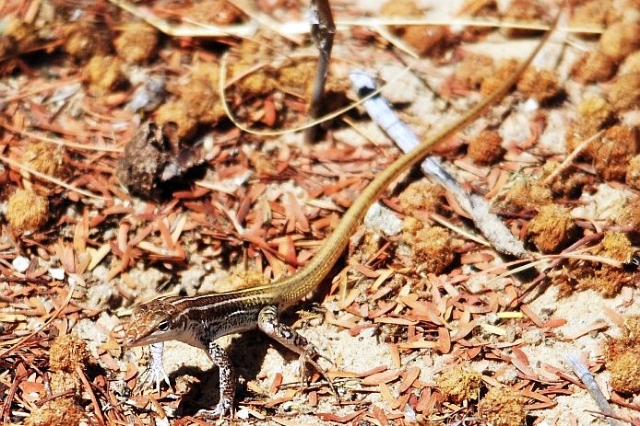 © Mel
© Mel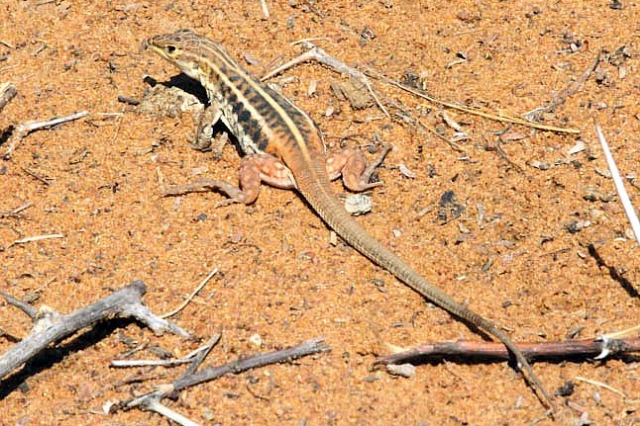 © Super Mongoose
© Super Mongoose

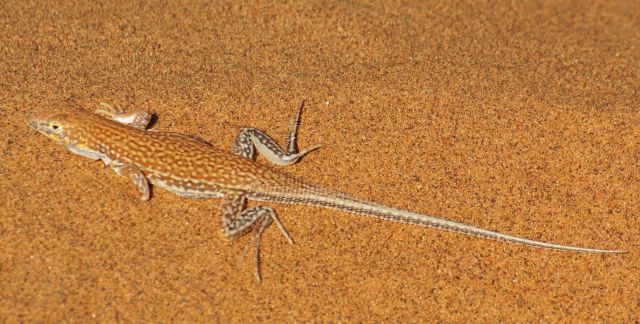 © Kesheshe
© Kesheshe © Kesheshe
© Kesheshe © ExFmem
© ExFmem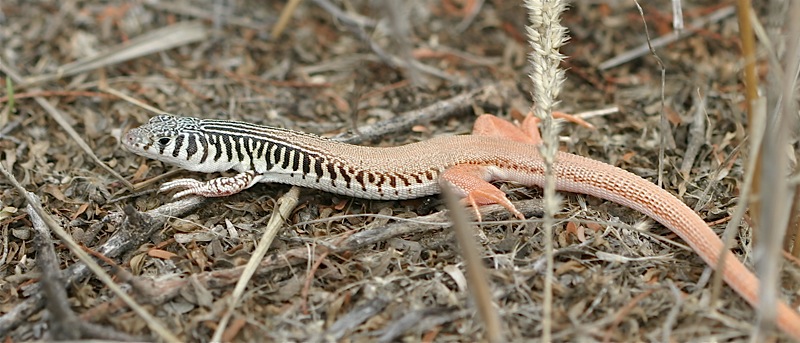 © ExFmem
© ExFmem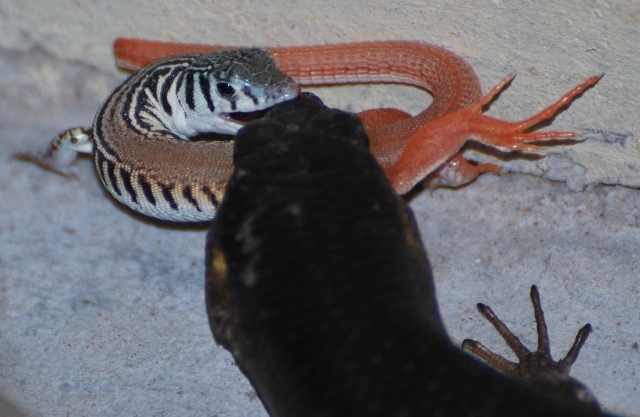
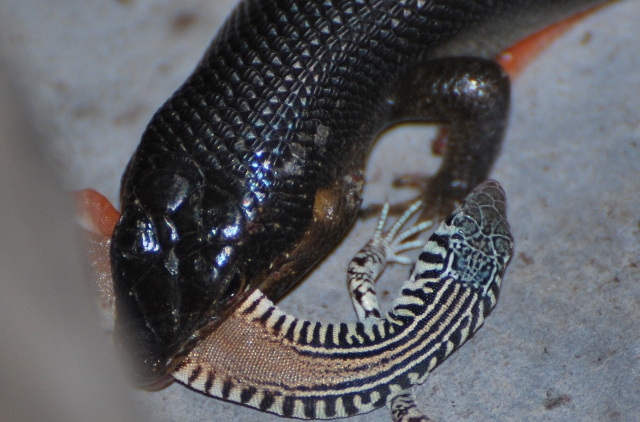

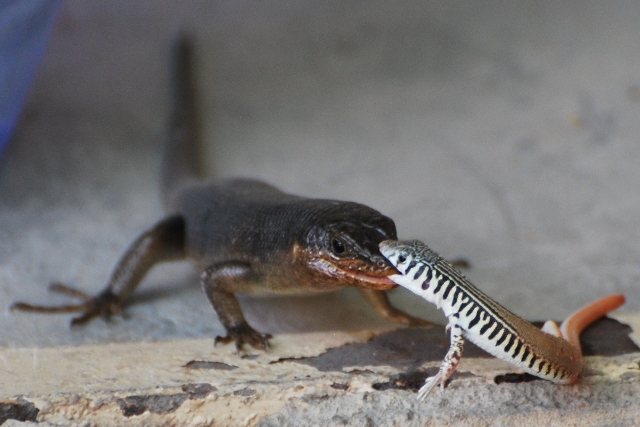
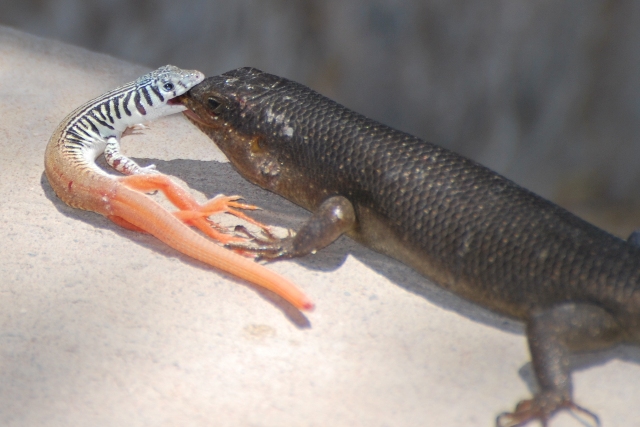
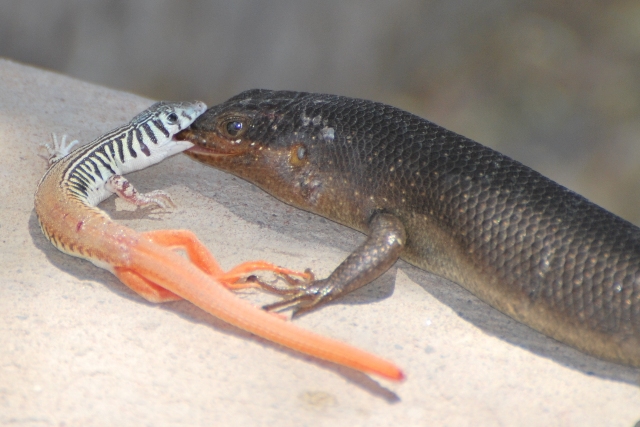
 Kgalagadi
Kgalagadi
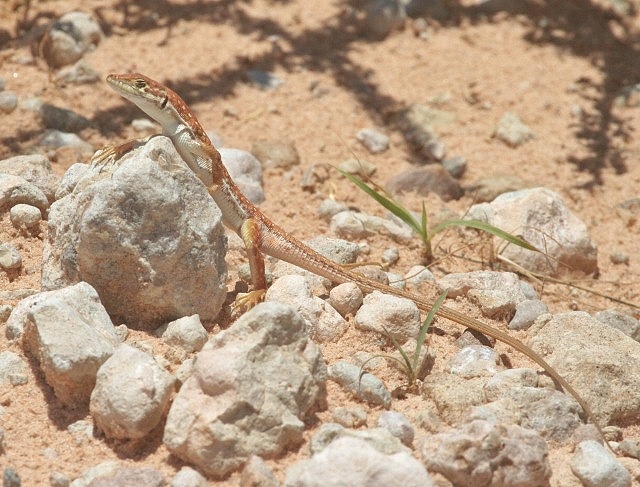
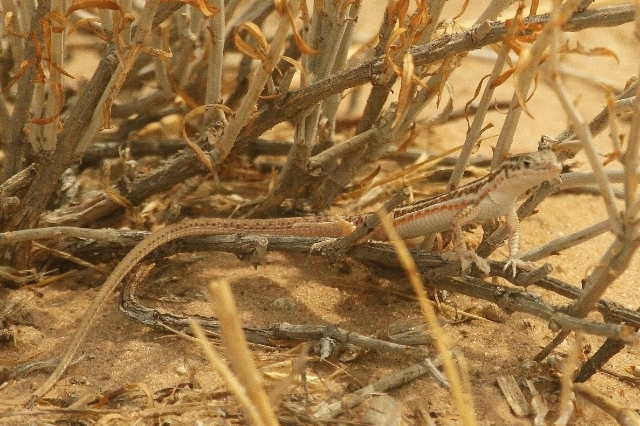 © nan
© nan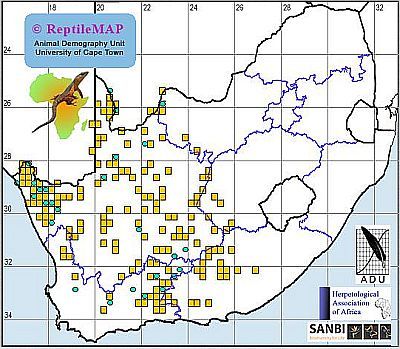
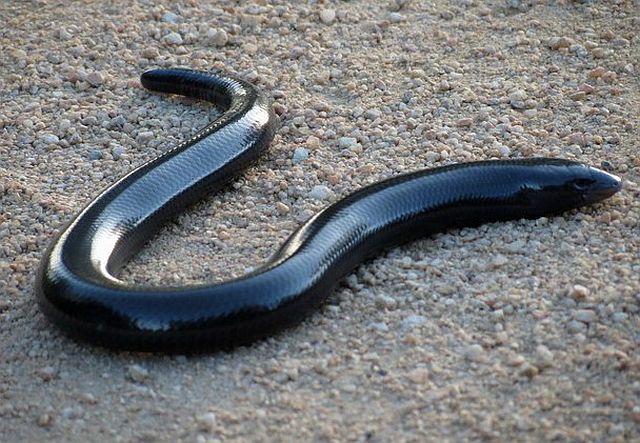 © Bushcraft
© Bushcraft © Bushcraft
© Bushcraft